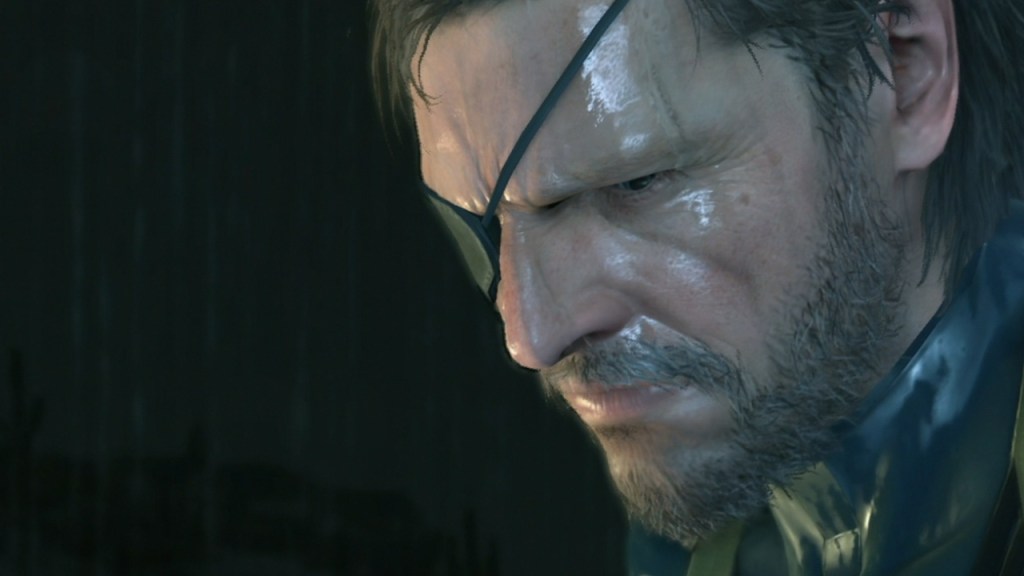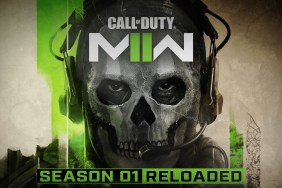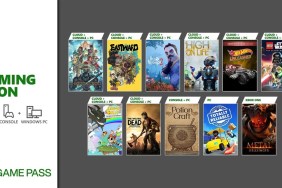Kojima lets us play in a tiny corner of his much larger sandbox.
For all the rhetoric and PR talk about Metal Gear Solid V being a reboot, Ground Zeroes is a direct sequel to Metal Gear Solid: Peace Walker that helps set up the events of the original Metal Gear further. However, with Peace Walker set in 1974 and the first Metal Gear set in 1995, that leaves 20+ years of untold story to be filled in. At the end of Peace Walker, series hero Big Boss (Naked Snake) had created an offshore facility called Mother Base that started to look a lot like Outer Heaven, equipped with a functioning nuclear-armed bipedal-tank, the titular Metal Gear. Ground Zeroes continues directly after the end of that game's climactic battle in which the player—SPOILER ALERT—as Big Boss, knocks out the stolen Metal Gear Zeke, causing its pilot, double-agent Paz Andrade, to fall into the ocean.
All of Ground Zeroes takes place at the same military facility on the Southern tip of Cuba in a United States black-site prison meant to conjure up the mental images of Guantanamo Bay. Paz has been captured and interrogated by Skullface, the enigmatic villain of Ground Zeroes and leader of the X.O.F., a covert military organization whose actions set into motion the reason for the nine-year gap between Ground Zeroes and The Phantom Pain. Chico, Big Boss's young ward and member of his Private Militia: Militaires Sans Frontières, has tried to rescue Paz from the black site, only to be captured. Your mission? Extract Chico and Paz from the site before the information for which they are being tortured for allows the U.S. to alert the UN and IAEA (International Atomic Energy Association) that Metal Gear Zeke will make the MSF a world nuclear power.
Kojima's Metal Gear titles have always been intensely cinematic and Ground Zeroes is no exception. The game begins with one long moving shot that floats around the characters before settling in behind Big Boss for the third-person action to start and, then after the mission, continues the same unbroken shot to a very final end, cutting, as Snake's consciousness does at that moment, to black. Provided you don't die or fail the mission, it's one whole continuous visual piece from start to end, a cinematic achievement that would make film director Alfonso Cuarón (Children of Men, Gravity) jealous of its cinematic invention.
Like all of the Metal Gear titles, there's also a lot of political rhetoric involved. Extracting the other prisoners at the black site nets you as many points as completing the mission, showing you just what Kojima thinks of Extraordinary Rendition. Set in the mid-1970s, side missions unlocked after the main mission cement many of these ideas with a focus on politically charged issues. This will undoubtedly continue into the next game, as the full-length Phantom Pain trailer shows Snake and Ocelot in Afghanistan in the 1980s, during the Soviet incursion that many consider to be the Soviet equivalent of Vietnam.
The six side missions are where Ground Zeroes diversifies itself and shows what Kojima most likely intends for the future of the series. In one you must assist a V.I.P. escape by providing cover fire from a chopper, while another has you tasked with taking out anti-aircraft guns so that an invading force can drop infantry from helos to take over the base. In each instance, the objectives shift and change once Snake is on site and actively pursuing them, helping to keep the game fresh and well-paced.
Kiefer Sutherland takes over the motion-capture and voice acting duties for Big Boss from former Snake voice and screenwriter David Hayter, and brings a softer touch to the character with a less gravely voice. While fans may have been dismayed by this choice, Sutherland does a fine job and I quickly became used to him as Snake trading banter naturally with his intelligence support, Robin Atkin Downes' Kaz (Master Miller). Music has again been provided by Harry Gregson-Williams, whose ending theme has an '80s=like synth-tone that sounds like it could have come straight out of Blade Runner, perhaps helping to set the stage for the following game set in 1984.
Gameplay-wise, my first thoughts about Metal Gear Solid V: Ground Zeroes are that it's harder than the last batch of Metal Gear games. Unlike previous entries in the series, there's no soliton radar on-screen to give you an indication of where the enemies are looking or what they're doing. There's no countdown timer for alert phases (though you can hear enemy radio announcements) and aim requires more precision, especially compared to Peace Walker, where the PSP original had an auto lock-on feature. This makes sneaking no simple feat, since you don't have immediate access to enemy movements until you can see them with your own eyes.
Soon, though, you find that the soliton radar has been replaced by Snake's iDroid, a portable device that projects a mini-map and mission objectives in-game, similar to the menu screens from Dead Space. While the iDroid can be called up at any time on the main screen (while gameplay continues around Snake, who stops moving while looking at it), it functions better if you link it to a smartphone or tablet, which can be used independently outside the game to access the same information. By watching enemy soldiers through binoculars or weapon sights, you can "Mark" an enemy, whose motions you can follow on the iDroid's map. Using a tablet or smartphone, you can keep the map open indefinitely and track them continuously in relation to how close they are to Snake. This only applies to enemies you can see, though one wrong turn around a corner can result in getting spotted.
In order to balance this, when caught, Snake now enters "Reflex Mode" where time slows down and you have a brief opportunity to silence enemies before they sound the alarm. Once the alarm is sounded, the entire base goes into an alert mode where the soldiers attack and actively hunt for Snake, if he escapes. In past games, alert phase has been limited generally to local enemies. In Ground Zeroes, the entire base goes on alert, making it much harder to hide or escape. To increase the difficulty, "Reflex Mode" can be turned off from the game's main menu. You do, however, have an indication when enemies are suspicious of your actions, with a white glow that appears around a circle indicating what direction your enemy is looking from.
It's also possible to steal or sneak into the back of a variety of vehicles and even pilot an armored ones with a turret. It's amusing to shoot an enemy with the turret and discover one of the game's other features, a record keeper that tracks the farthest distance an enemy has been tossed by gunfire or explosions. The same applies to your longest distance headshot and likely several other stat-based accomplishments.
While not big enough to truly be considered an "open world," Ground Zeroes is a sandbox game, providing multiple approaches to each objective. It wasn't until I watched other players' tactics after finishing the main mission and accompanying side missions that I realized just how differently one could achieve the game's goals, heightening the replay value. Ground Zeroes benefits from this greatly, as it's possible to play through the main mission in as short as an hour and a half, though my first playthrough on Normal mode took about two and half hours. In addition, completing all of the side missions can be done in just four or five hours. It's also designed perfectly to be optimized for DLC, if Kojima Productions and Konami decide to create more missions.

Assuming that Kojima is correct and The Phantom Pain will be 200 times larger than Ground Zeroes, it will be a massive game physically and perhaps as massive in terms of gameplay if it includes similar side missions. This suggests that the full game will be structured similarly to Peace Walker, with story and optional missions throughout. Additionally, the marketing staff at the review event assured everyone that the POWs rescued and soldiers captured in Ground Zeroes would become Mother Base operatives, carrying over that mechanic from the aforementioned PSP title. And let's just say the prologue's climactic ending makes it clear that additional Mother Base staff will be needed.
We don't have The Phantom Pain yet, though, and have to look at Ground Zeroes on its own merits. With only six missions, it calls into question just how much you should be willing to pay for Ground Zeroes. Ignoring replay value, is it worth 20-30 dollars to play a game that is only 5-10 hours of original content with only two of those hours being the main story? Probably not.
However, replay value is key in this instance. I would hazard a guess that for fans wanting to really dig into all the game has to offer, it may be possible to squeeze 20+ hours of enjoyment out of Ground Zeroes. Kaz's sense of urgency encourages you to rush through each mission, but the game is actually full of hidden storehouses, different weapons and items, vehicle types, X.O.F. uniform patches, collectibles, and soldier conversations you can listen to with the directional mic from your binoculars. Each mission also has trial modes for marking all the enemy soldiers in the level or (in the escort mission) eliminating them all in the fastest amount of time.
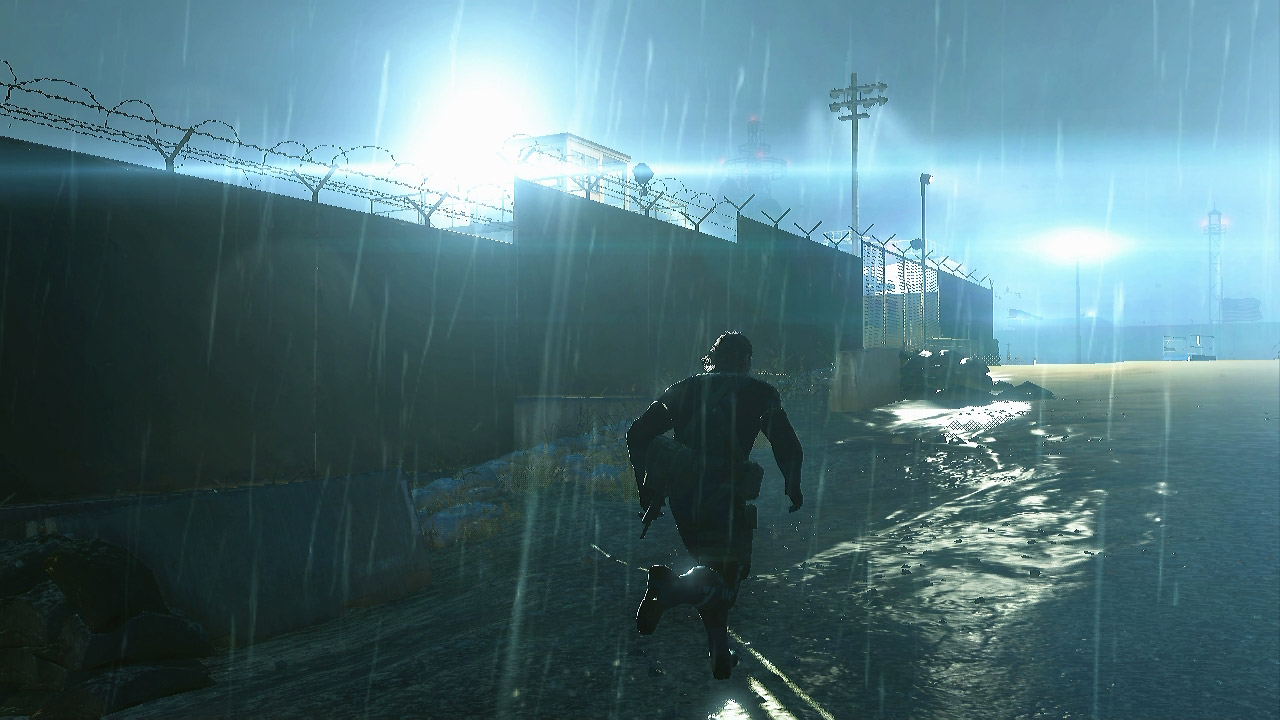
Controls for Ground Zeroes are thankfully familiar and relatively simple (especially compared to control schemes of earlier games like MGS 2 and 3), but for Western gamers, it may be prudent to change the control scheme in options from "Action A" to "Shooter A," which features a more standard button layout for reloading, crouching, and lying prone. Snake seems a bit more human than in some previous entries; his throw distance appears to be shorter, and the more acrobatic diving rolls have been replaced by a quick-dive that has him jumping forward to slide in the dust on his belly. Perhaps it's due to Big Boss starting to show his age (he's about 40 years-old during Ground Zeroes) or maybe it's due to the game's heightened sense of realism.
Ground Zeroes continues the evolution of the series' look towards an increase in realism that started in Metal Gear Solid 4, thanks to Kojima Productions' proprietary FOX Engine. While PlayStation 3 and Xbox 360 versions were not present at the review event, visual assets released by Konami show that the differences between last- and current-gen versions are mostly higher resolution textures and a higher frame-rate. Rest assured, the game's environments have an extraordinary level of detail no matter what platform you're playing it on.
Metal Gear Solid V: Ground Zeroes is a good value for the $20 entry-level fee, provided you are willing to explore every nook and cranny of the environment and all of the possible ways of playing. Its brief levels and small sandbox give a fair indication of where the series is headed and provide a lot of options for different play styles. It is short, but also stuffed with replay value in its variety of scenarios, especially for fans of the series who will want to unlock all of its secrets. The short of it is, if you only are playing for the story or a single playthrough, it's not worth the cost, but if you're interested in the gameplay possibilities, it's well worth the price. There is, however, a part of me that wishes (like MGS2's tanker mission before it) it was instead a pre-order bonus for Zone of the Enders 3, because, well, I'd really like a new ZOE game as well.
-
Only 5-10 hours of content
-
A Metal Gear sandbox
-
Diverse gameplay styles encouraged
-
Many paths through most of the missions
-
Higher, more realistic visual detail
-
iDroid increases game immersion
Metal Gear Solid V: Ground Zeroes
-
Metal Gear Solid V: Ground Zeroes #1
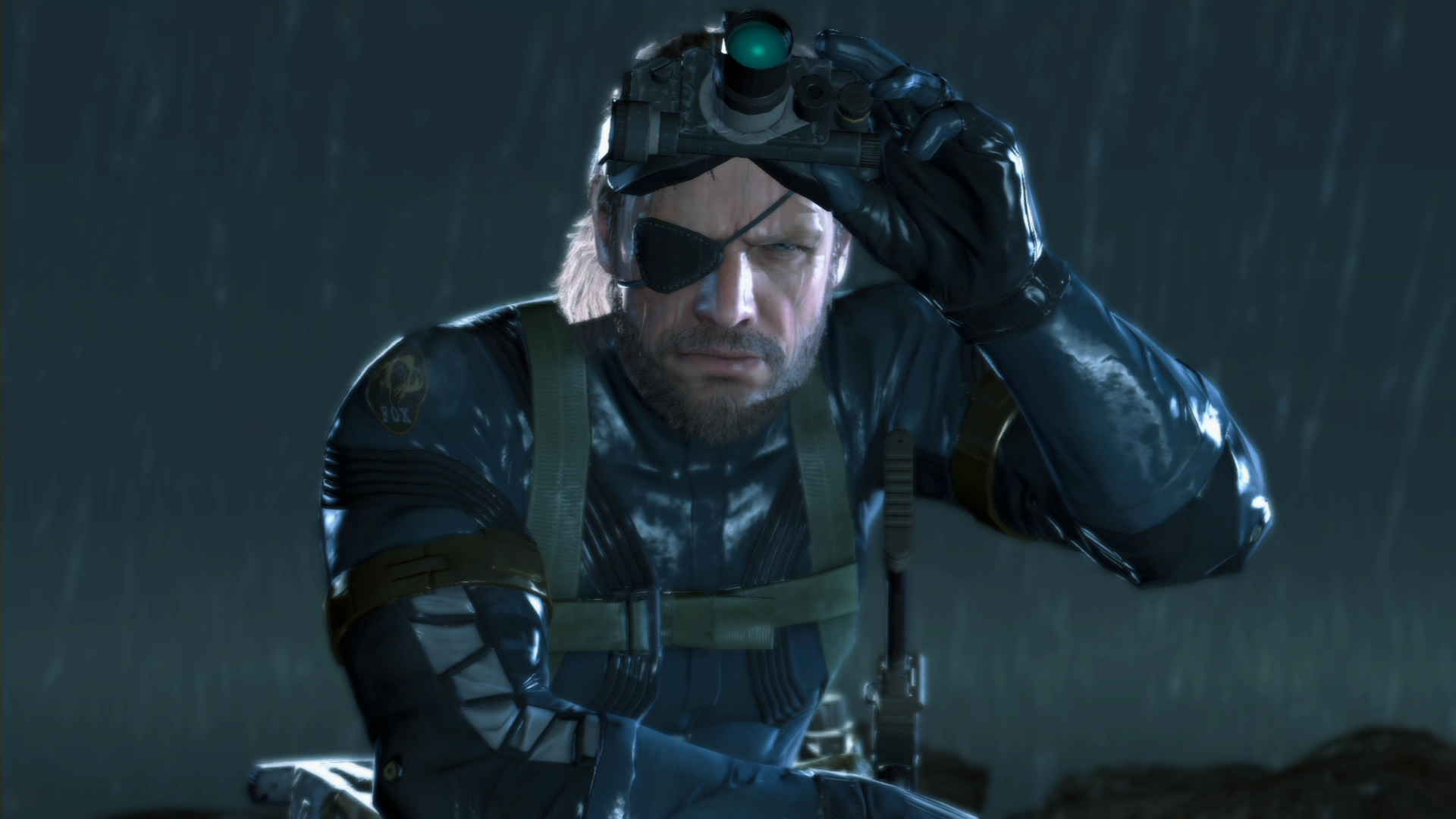
-
Metal Gear Solid V: Ground Zeroes #2
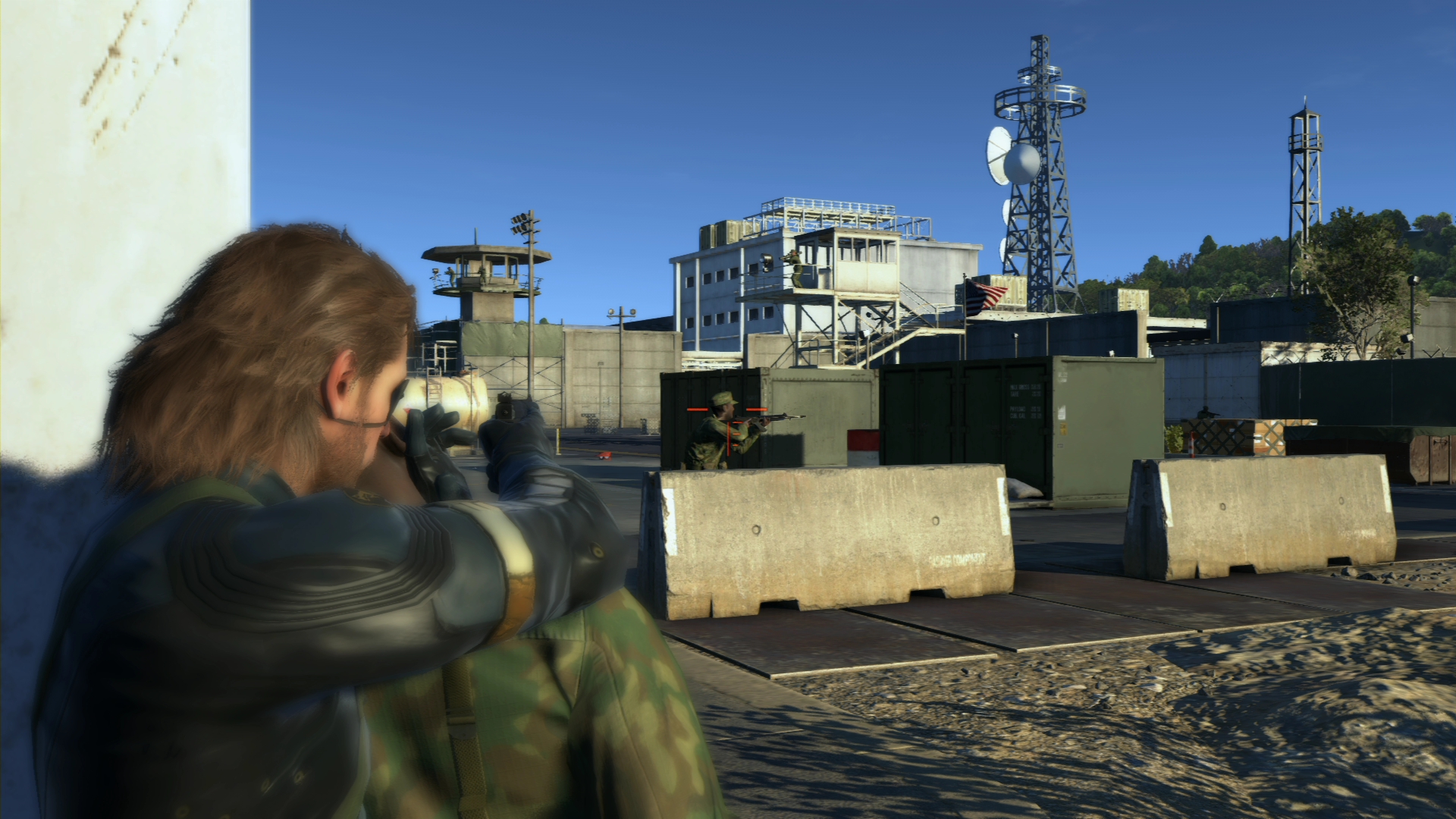
-
Metal Gear Solid V: Ground Zeroes #3

-
Metal Gear Solid V: Ground Zeroes #4
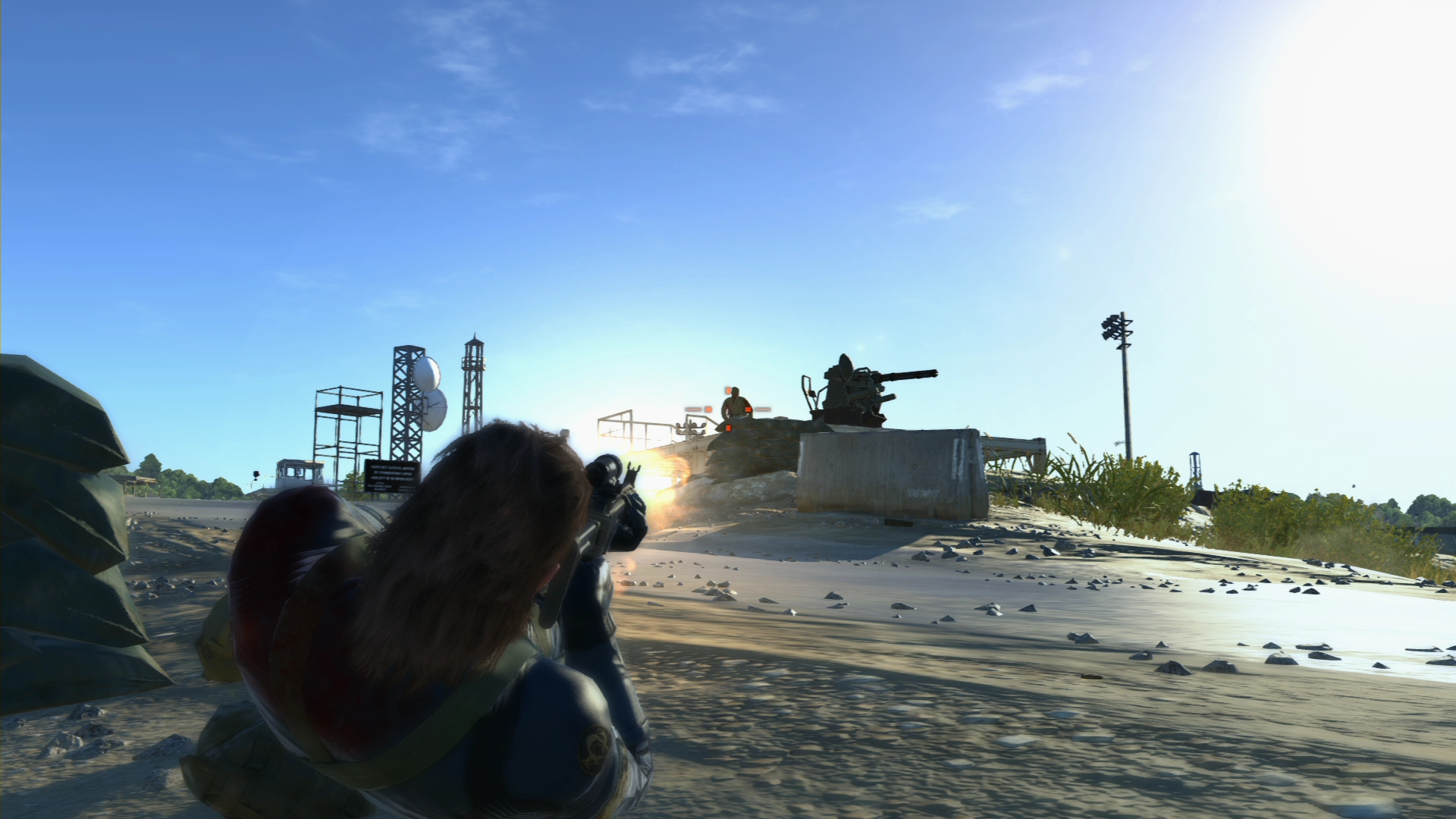
-
Metal Gear Solid V: Ground Zeroes #5
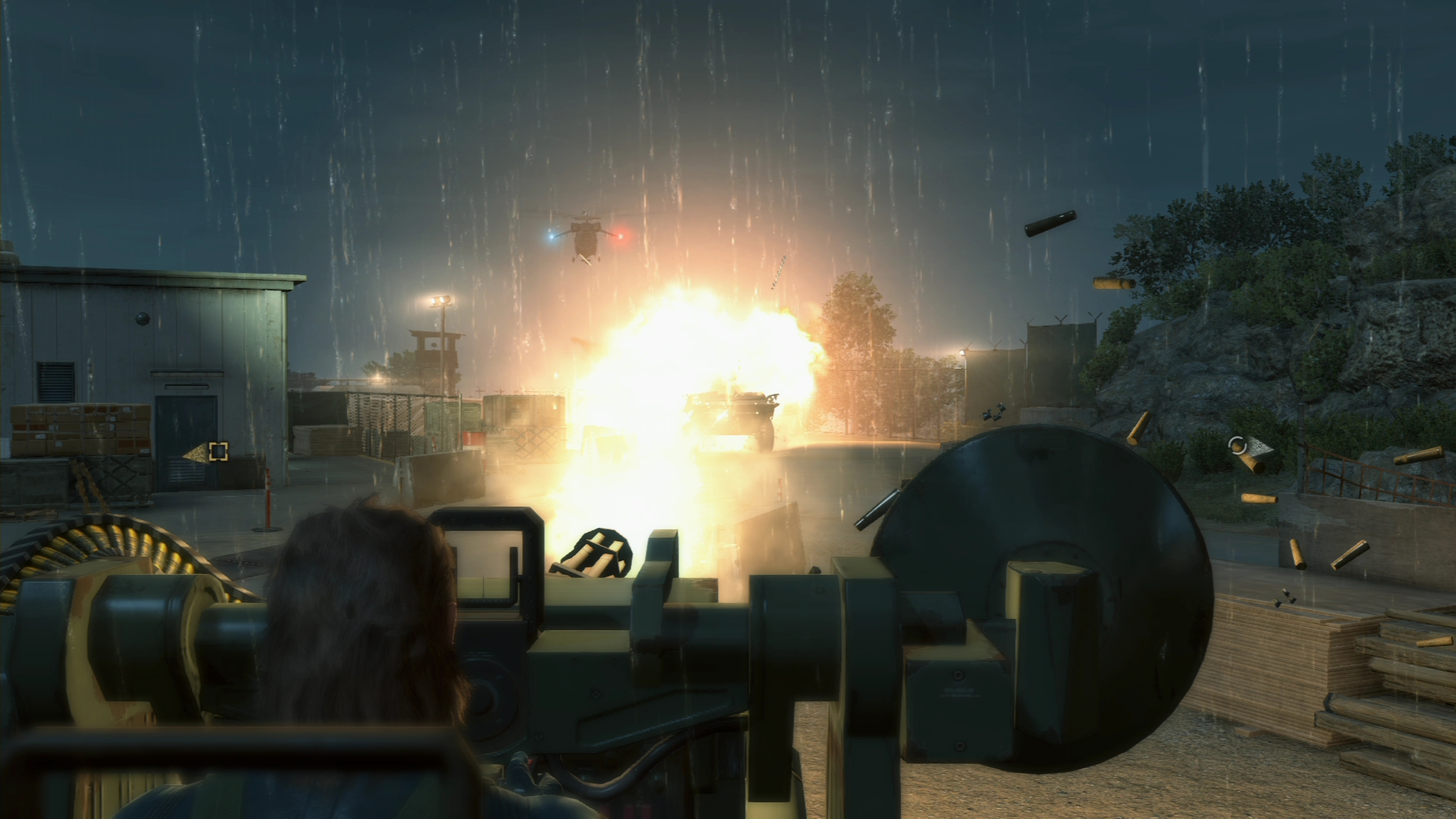
-
Metal Gear Solid V: Ground Zeroes #6

